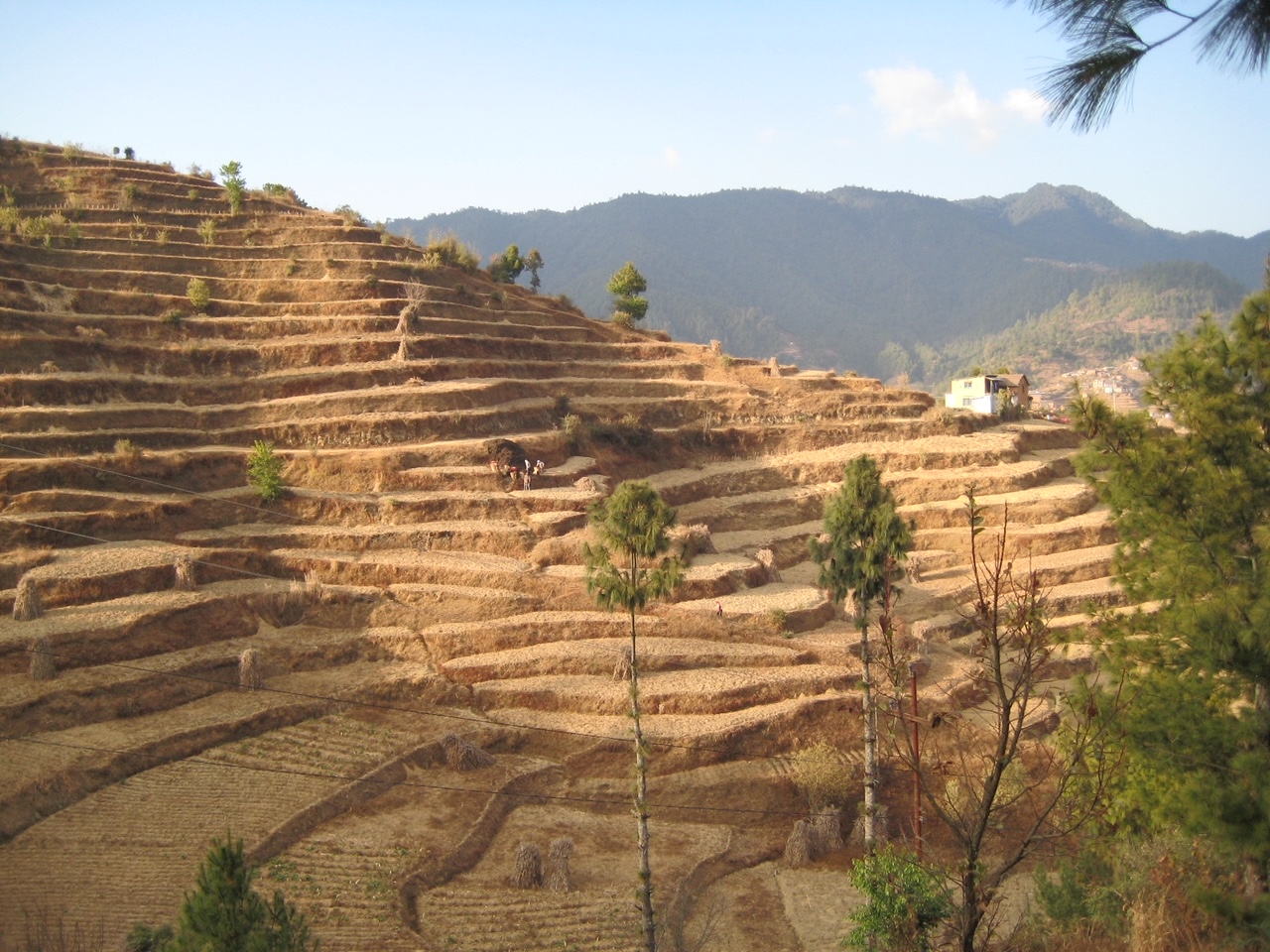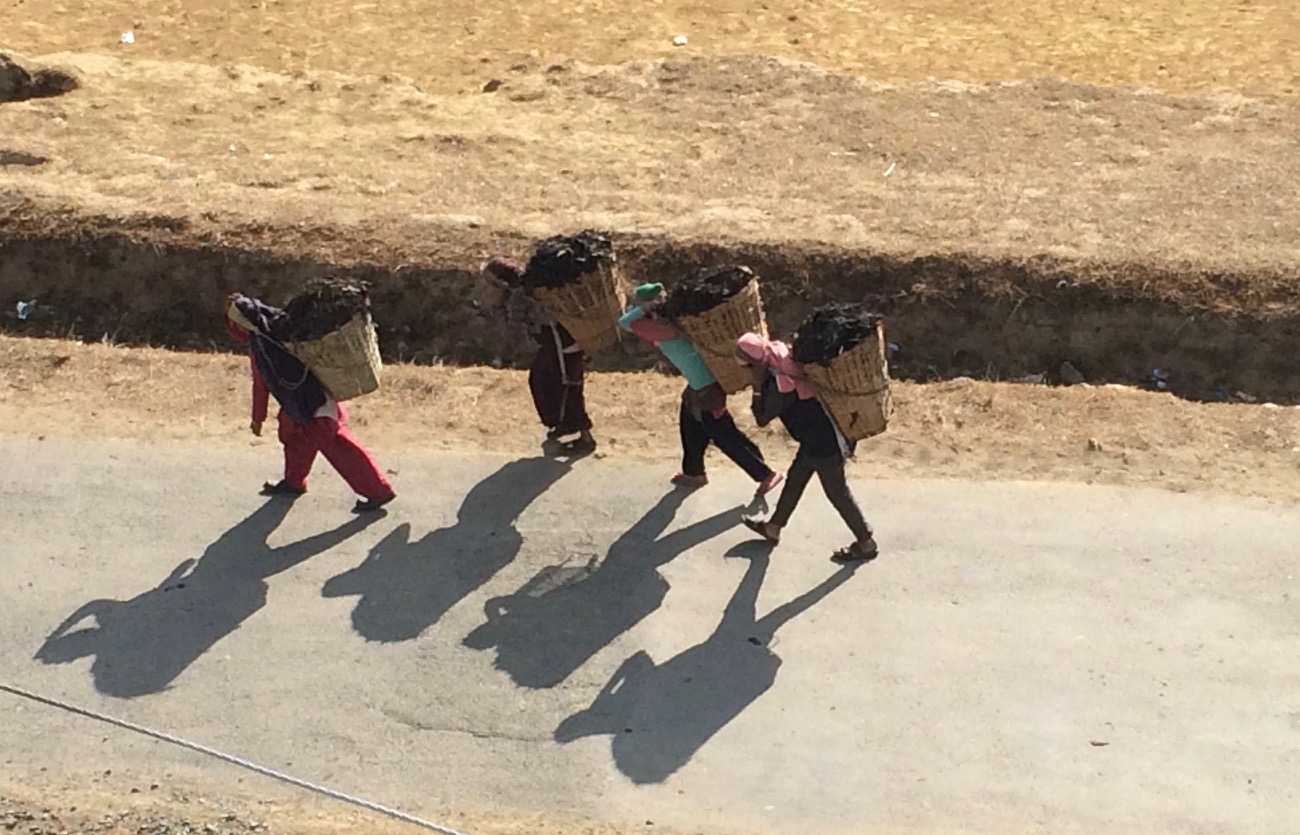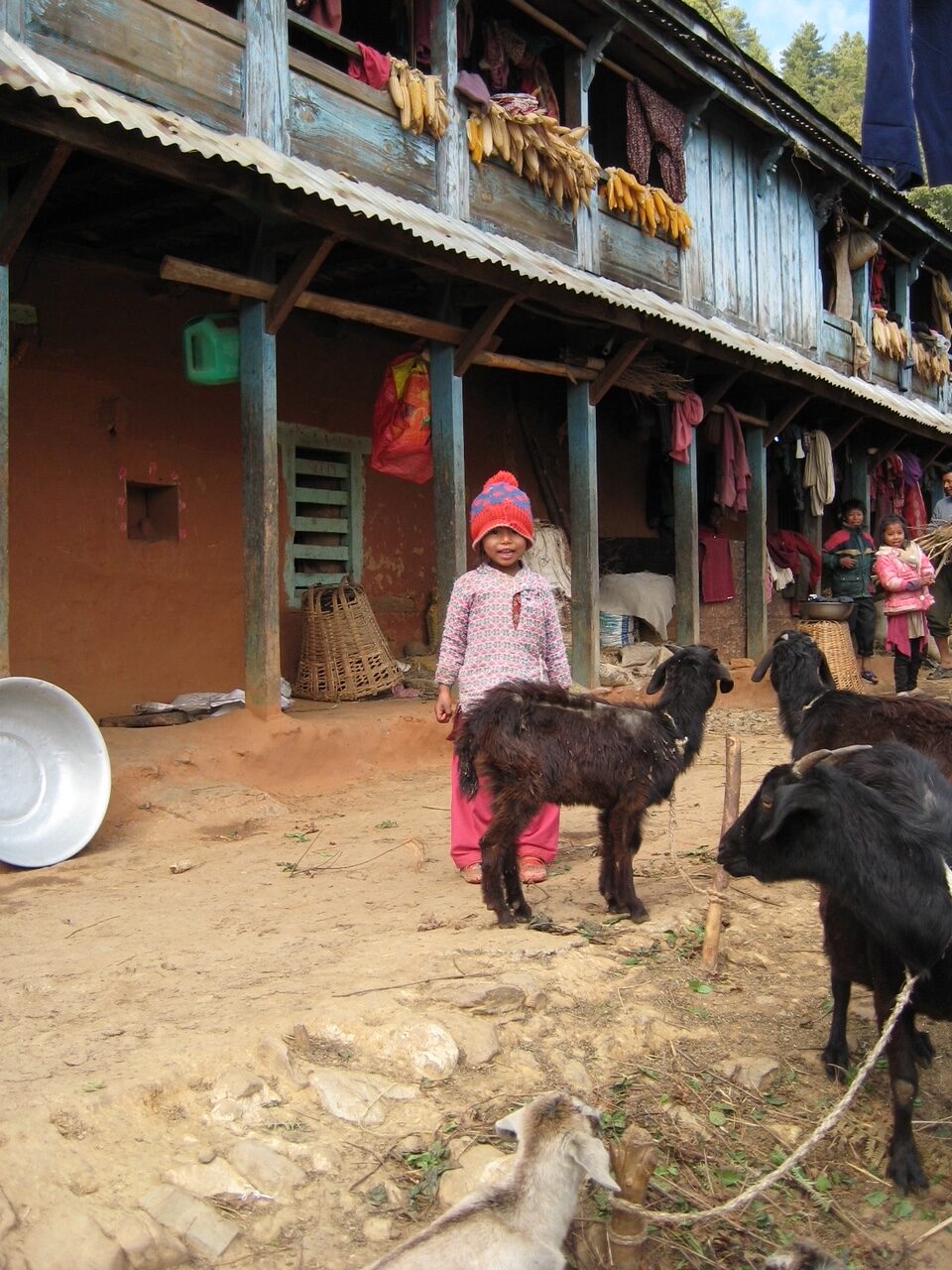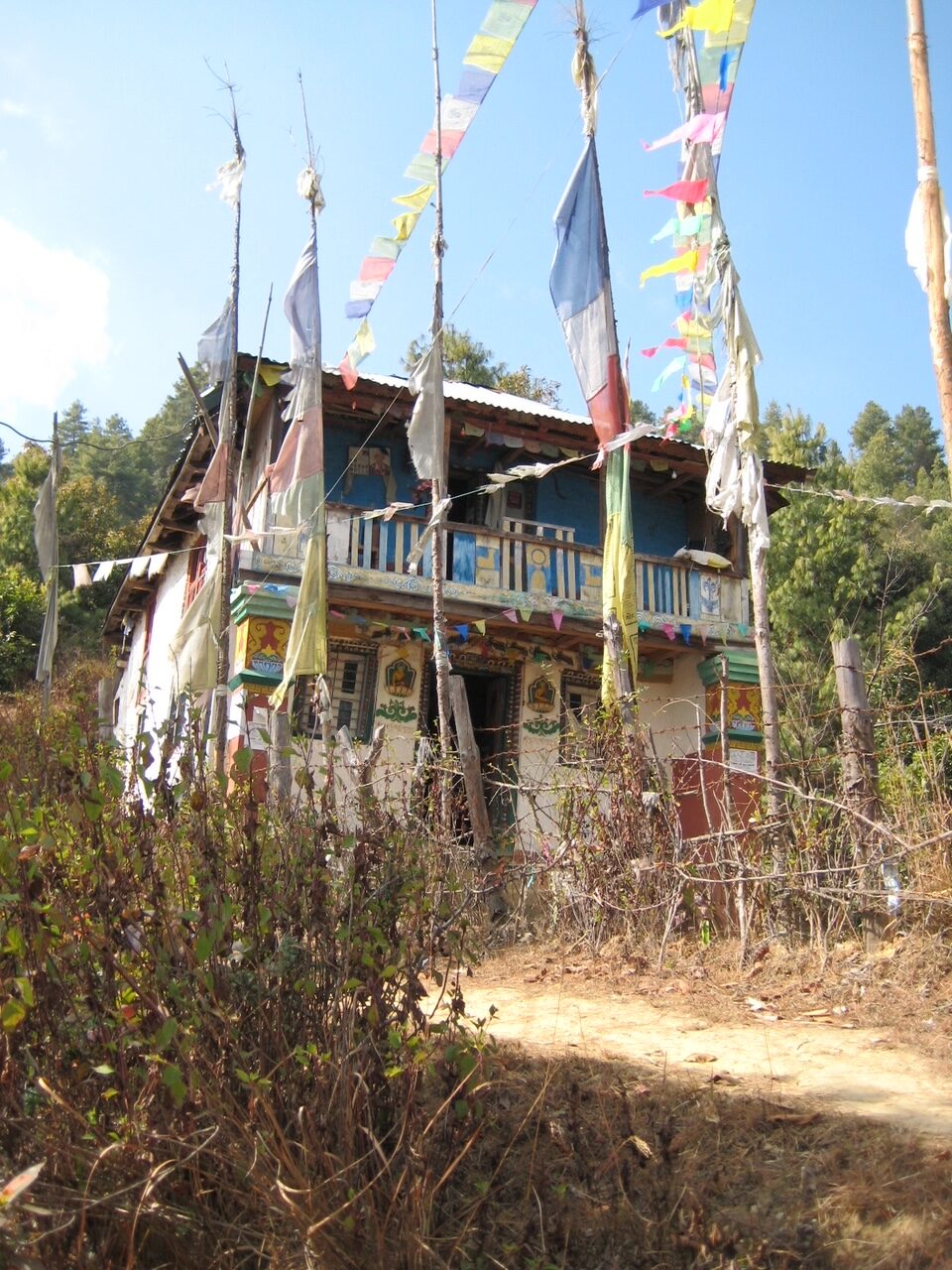Saturday is everyone’s day off, so we have the opportunity to go for a hike, see a bit of the surrounding countryside and get some illuminating insights into the lives of our patients. For many of them, it takes several hours to walk to the clinic and the steepness of the terrain makes the complaints of shortness of breath and “knee pain while climbing up and down” easy to understand. Of course, farmers never truly have a day off, and today the roads and fields were full of locals hustling to get the fields prepared and planted. Large baskets are carried by a strap worn across the top of the head, and this past week they have mostly been laden down with compost. It is easy to see why we see so many patients with neck problems, tingling in the arms, and back pain. The heavy carrying more commonly falls to the women rather than the men and young girls may be tasked with some of the lighter carrying.
Saturday is also washing day – both clothes and hair. Women and children are busy at the communal spigots and brightly colored garments are draped all about to dry.
We combined our hike with a visit to a patient of the clinic who had recently suffered a stroke and was being treated at home by a couple of members of our team. It was a beautiful sunny day and we arrived to find her propped up outside, and that was were she was treated, surrounded by family and animals. She perked up after her treatment, and her weakness and difficulty in speaking did not stop her from inviting us to stay for tea and food. We were keen to continue our hike, but the family would not let us leave without pressing bags of dried mushrooms and freshly popped corn and soy nuts into our hands. The makeshift tent you can see in the background housed the family for the two months following the earthquake. Although their house survived, like many of their neighbors, cracks in the masonry and fear of what the daily multiple aftershocks might do to the structure made living in the tent a safer prospect. While smaller aftershocks continue, most have moved back into their homes however, we have a number of patients still living in tents as their homes were lost or still awaiting repair. The cold makes it hard for them to sleep and exacerbates their joint pain and respiratory issues.
Happily munching on the popcorn, we continued onto our destination, a monastery and stupa overlooking the valley, where the lama explained that he had built most of it himself.







Great read Emma, keep it up!